Byzantine Empire
Introduction
The Byzantine Empire, also referred to as the Eastern Roman Empire, was a continuation of the Roman Empire in its eastern provinces during Late Antiquity and the Middle Ages, when its capital city was Constantinople (modern-day Istanbul, originally founded as Byzantium). It survived the fragmentation and fall of the Western Roman Empire in the 5th century AD and continued to exist for an additional thousand years until it fell to the Ottoman Turks in 1453[1].
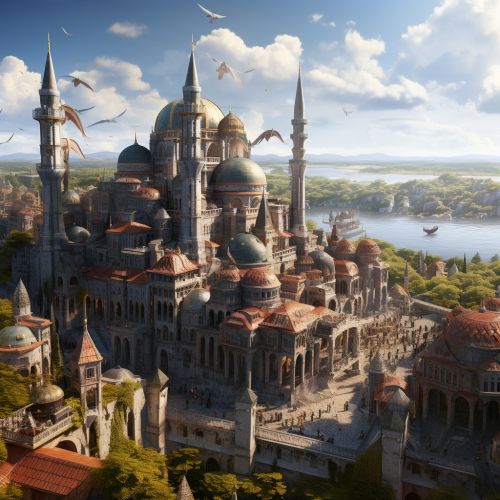
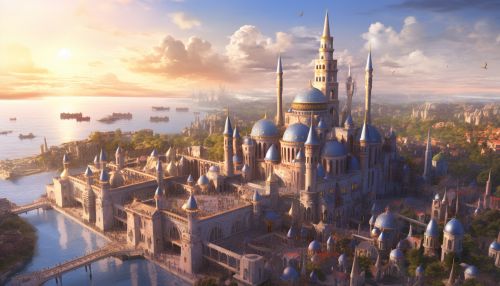
History
Formation
The Byzantine Empire was the eastern half of the Roman Empire, which survived for a thousand years after the western half had crumbled into various feudal kingdoms and which finally fell before Turkish onslaughts in 1453[2].
Golden Age
During most of its existence, the empire was the most powerful economic, cultural, and military force in Europe. The Byzantine Empire reached its height under Justinian I (527-565). The empire's military and administrative efficiency, combined with a vigorous intellectual life, made it the most powerful state in the Mediterranean region[3].
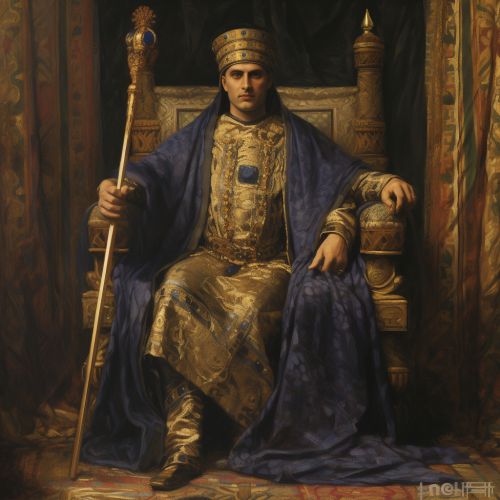
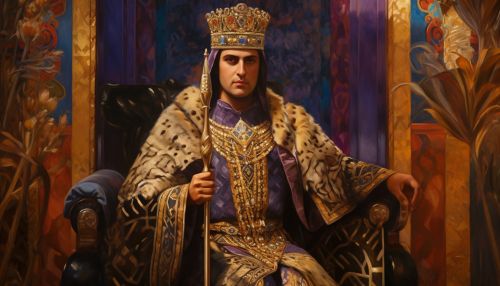
Decline
The empire entered a period of decline in the 11th century due to various factors, including the loss of the eastern territories to the Islamic conquests, a debilitating civil war, and the arrival of the Crusaders[4].
Culture
The Byzantine Empire was known for its rich culture, particularly in the fields of art, literature, and philosophy. The Byzantines preserved and copied classical manuscripts, and they are thus of critical importance in the transmission of ancient knowledge to the Middle Ages and the Renaissance[5].
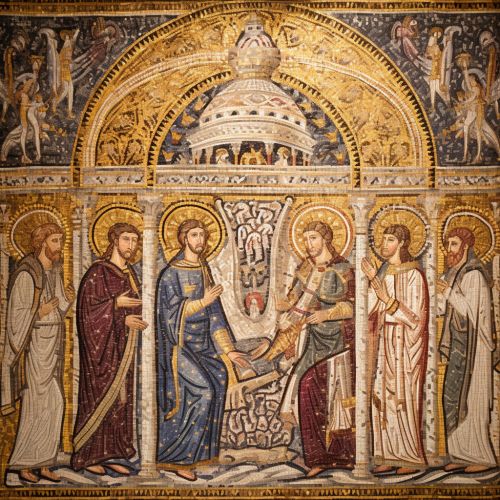
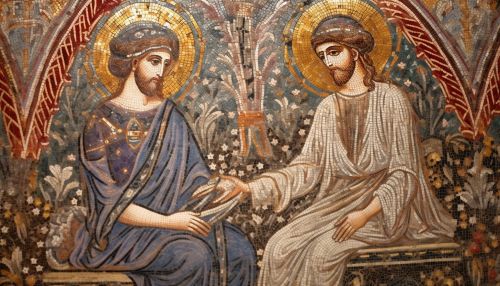
Legacy
The Byzantine Empire's influence on the world was profound. Its religious and secular traditions and styles permeated the West, the Middle East, and North Africa. Its cultural legacy, particularly the Byzantine Church, influenced Orthodox Christianity, Islam, and the Renaissance in Western Europe[6].
See Also
References
- ↑ https://www.britannica.com/place/Byzantine-Empire
- ↑ https://www.history.com/topics/ancient-middle-east/byzantine-empire
- ↑ https://www.britannica.com/place/Byzantine-Empire
- ↑ https://www.history.com/topics/ancient-middle-east/byzantine-empire
- ↑ https://www.metmuseum.org/toah/hd/byza/hd_byza.htm
- ↑ https://www.britannica.com/place/Byzantine-Empire
